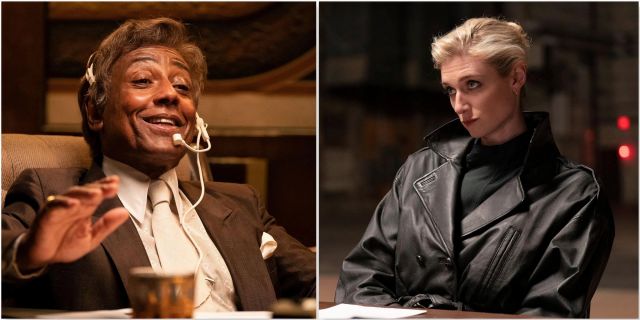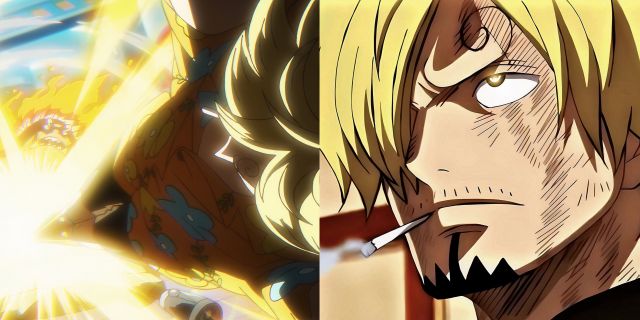One of the lowest minimum bars of enjoyment a video game movie can provide its audience is the pleasure of seeing an animated thing in live action. People love it when Pokémon or monsters from Monster Hunter look like they could be in the room with them. While realism is an overstated value and strong art direction will always beat capturing reality, adaptation often relies on translation. In the case of The Legend of Zelda, the film will be unusually reliant on the simple joy of its environments.
Director Wes Ball steps up to handle The Legend of Zelda movie. He was previously best known for his work on the Maze Runner franchise, which stood in the higher echelon of 2010s young adult novel adaptations. He recently put out the latest entry in the well-received Apes franchise. His bizarre, sweeping, ape-centric epic managed to pack in a ton of charming nature shots. He’s a solid talent and an interesting name for this project.
The Legend of Zelda is about exploration
On some level, every Legend of Zelda game is about leaving safety to experience all the adventures that the world has to offer. From the beginning, Link must hop out onto a field, find a sword, and fight whatever opposes him. That first game had no map, signposts, directions, or meaningful methods of guidance. The expectation, and the best way to play, is to simply march out with nothing but one’s wits and hope for the best. Those feelings of getting lost, finding something cool, facing new dangers, and developing new skills are all intentional. Shigeru Miyamoto had many points of inspiration in mind when he set out to make The Legend of Zelda. None rang so true in his heart as the desire to capture the joy of exploring the world without a map.
Miyamoto grew up in Kyoto in the late 1950s and early 1960s. His early life was filled with memories of wandering the woods around his family home. On several occasions, he’s mentioned an experience in which he found a cave in the distance. After days of trepidation, Miyamoto found his way inside. He describes another moment in which he stumbled upon a lake by chance. He didn’t have a map or anyone to tell him where things were. He just walked, observed, and explored. Miyamoto wanted that feeling in a cartridge. Over the years, new Zelda entries have moved away from that idea, but games like Breath of the Wild keep much of the original spirit alive. The biggest difference is that modern gaming hardware can capture the beauty of nature with much higher fidelity. Imagine the same ethos with a modern movie camera behind it.
Nature shots will be key to The Legend of Zelda

Epic, sweeping, cinematic shots of beautiful Hyrule locations might be one of the most central elements of The Legend of Zelda movie. When fans think about what they enjoyed as they leave the theater, the first thing on their mind might be watching Link ride Epona across a pristine field. It’s hard to imagine the team behind this film getting the blank check they would need to capture everything on location. A great Zelda movie could take Link from the forest to the desert to the sea to a massive evil mountain. Imagine all of those sites realized by location scouts and real environments. Though the film is likely to rely heavily on digital backlot and VFX shots, a perfect version of The Legend of Zelda on the big screen would be one in which every nature shot is as real as possible.
The Legend of Zelda movie should draw from the game’s other major inspiration

Peter Jackson’s Lord of the Rings trilogy has several of the finest fantasy nature shots in cinematic history. Though the film uses plenty of VFX, it relies heavily on the natural glory of New Zealand and the subtle art of building sets. Cinematographer Andrew Lesnie won an Oscar for his work on The Fellowship of the Ring. It’s stunning that he didn’t take home the statue for his efforts in the film’s two sequels. Every trick they can borrow from Lesnie will make the film that much better. The Lord of the Rings trilogy features everything they would need to study to capture Hyrule on the big screen.
The Legend of Zelda movie will rely heavily on elements that a lot of fans don’t even think about. The landscapes, backgrounds, and natural environments on display have always been critical. When Miyamoto dreamed up a garden that lived in a cartridge, he likely couldn’t have imagined the level of cinematic technology film crews have today. The filmmakers should take it upon themselves to capture that dream with all the fidelity they possibly can. Lord of the Rings provides an excellent framework of lessons to follow. The Legend of Zelda has a lot of things to get right, but the beauty of nature should be a critical goal.











Leave a Reply